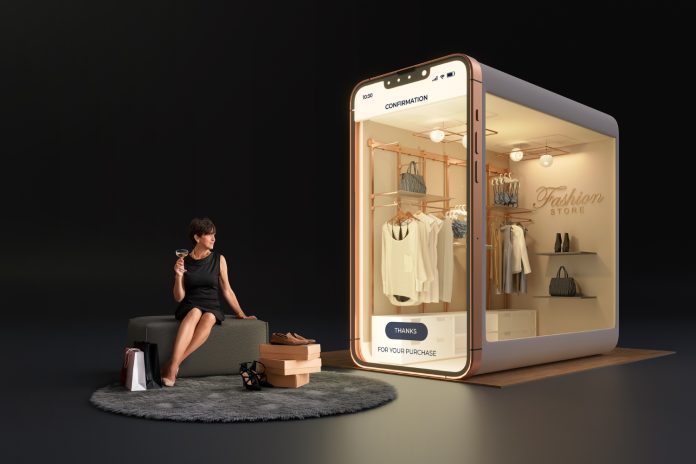The lines are blurred between online browsing and buying thanks to the explosive growth of social commerce. This year, 2024, marks a turning point as platforms like Facebook and Instagram transform from social hubs into bustling virtual marketplaces. With this change, users can shop, interact with companies, and find new products without leaving the comfort of their favorite social media apps. This is more than simply a passing fad in Pakistan; it changes consumers’ purchasing habits and presents new possibilities and challenges.
What is Social Commerce?
Social commerce is a combination of social networking and internet buying. Users may explore, look into, and purchase things straight from their preferred social channels. This removes the need to jump between applications, leveraging the speed and impact of social interactions. Platforms such as Instagram, Facebook, and TikTok are leading the way, with features like in-app buying, shoppable posts, and live streaming, making transactions more accessible than ever.
Pakistan’s Social Commerce Boom
Pakistan’s young population and increasing internet availability provide an ideal setting for social commerce to flourish. Millions of Pakistanis use social media, which greatly influences their purchasing patterns. Furthermore, the proliferation of smartphones and low-cost data plans has democratized web access, making social commerce possible in both urban and rural settings.
Examples of Social Commerce in Pakistan
- Instagram Shopping: This visually-driven platform has become a hotspot for Pakistani businesses. From fashion brands like Khaadi to individual craft sellers, businesses use Instagram Shopping to showcase products directly on their profiles. Influencers also play a key role in promoting products through sponsored posts and affiliate marketing.
- Facebook Marketplace: This virtual bazaar allows individuals to buy and sell various products, from electronics to furniture. Its unique strength lies in its community focus, allowing users to discover products from local sellers. Additionally, Facebook Groups foster online communities around specific interests, creating a sense of trust and connection between buyers and sellers.
- TikTok’s Influence: The short-form video app is making waves in Pakistan’s social commerce scene. With its viral content and algorithmic feed, TikTok allows businesses and creators to showcase their offerings through engaging videos, driving product discovery and sales, especially among younger demographics.
Challenges and Opportunities
While the rise of social commerce presents exciting opportunities, challenges need to be addressed. Robust digital infrastructure and secure payment solutions are crucial for seamless transactions. Additionally, data privacy and security concerns need to be tackled to build consumer trust. However, by addressing these challenges and embracing innovation, Pakistani businesses can leverage the power of social commerce to reach new audiences, drive sales, and thrive in the digital era.
Where Does E-commerce Stand in Pakistan?
Pakistan is the world’s 51st biggest e-commerce market, with a forecast value of $2,851.6 million in 2024. The market will most likely increase steadily, with a compound yearly growth rate (CAGR) of 13.9% between 2024 and 2028, reaching a market volume of $4,796.9 million by 2028. Notably, Pakistan’s expected 14.6% growth in 2024 will contribute to the worldwide e-commerce market’s 10.4% growth rate this year. This trend will continue internationally in the next years, signaling a bright future for online shopping.
What is The Future of Retail in Pakistan?
The year 2024 marks a significant shift in how consumers in Pakistan and worldwide interact with brands and make purchases. As social media continues to evolve into a multifaceted shopping destination, businesses that adapt their strategies and prioritize customer experience can thrive in this dynamic landscape. The future of retail in Pakistan may well lie in the hands of social commerce, offering exciting opportunities for both businesses and consumers.


